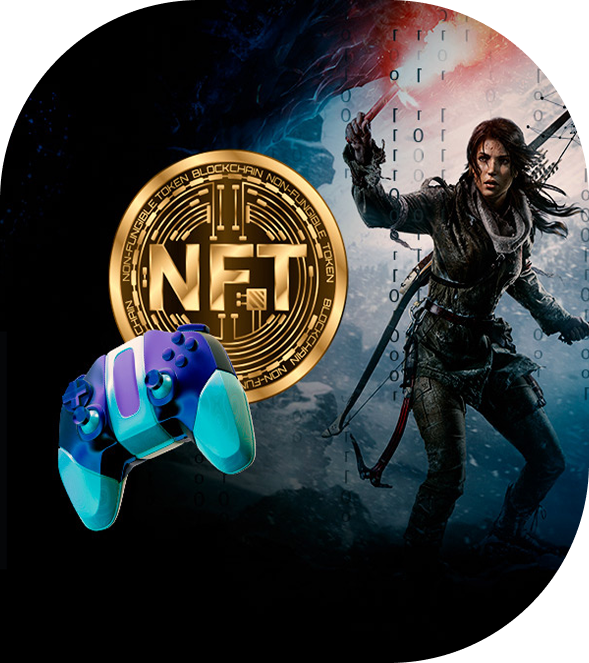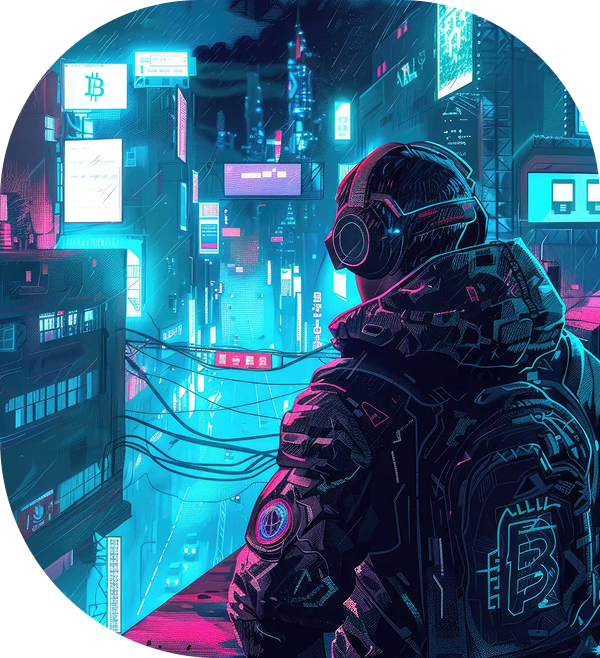NFT games rely on unsustainable economies that collapse when player growth slows which is the cause for their downfall. High entry costs, poor game design, and weak tokenomics lead to inflation and declining engagement. Regulatory scrutiny, security risks, and crypto volatility further destabilize these projects, while backlash from traditional gamers damages credibility. Many lack long-term vision, launching with little content or updates. For success, NFT games must focus on engaging gameplay, sustainable economies, low entry barriers, and real utility beyond speculation.
NFT games turn virtual loot into real-world assets, meaning your in-game sword might just be worth more than your rent. From characters and skins to virtual land, these blockchain-based games let players own, trade, and cash out their digital treasures, often through play to earn or play and earn models that reward grinding with crypto. Sounds like the ultimate gaming flex, but not everyone is sold. Unsustainable economies, sky high entry costs, and gameplay that sometimes feels more like a stock market than a game have left many skeptical. So, are NFT games the future of gaming or just another digital gold rush with no respawn?
NFT games promise riches, true ownership, and a chance to turn virtual loot into real-world cash, but many end up feeling more like a financial pyramid scheme with extra steps. Sure, in-game tokens let players buy, sell, and trade, but when tokenomics are a mess, economies inflate faster than a meme stock, and suddenly your once-valuable armour is worth less than a pack of gum. A lot of the time, these games don’t actually take off due to there being security risks, high entry costs, and unstable markets. The only way NFT games can stick around is if they strike the perfect balance between fun gameplay, fair monetization, and an economy that doesn’t implode at the first sign of trouble.
You can’t just slap some blockchain onto a basic game and call it a day. First, there needs to be a team of developers that pick out a blockchain like Ethereum, Solana, or Binance Smart Chain, each having their own perks and pitfalls. Then comes smart contracts, which keep in-game assets and transactions in check so players don’t accidentally duplicate a million-dollar sword. NFT integration is key, turning characters, skins, weapons, and virtual land into tradable assets with real-world value. But none of that matters if the tokenomics are broken—supply and demand need to be balanced, or the economy crumbles faster than a pay-to-win mobile game. Beyond the financial side, gameplay actually needs to be fun because no one wants to grind in a glorified crypto exchange. A secure NFT marketplace is a must, along with solid anti-hack measures and regulatory compliance to prevent the game from disappearing overnight. And of course, testing, community engagement, and constant updates will determine whether the game thrives or ends up as another blockchain ghost town.




















